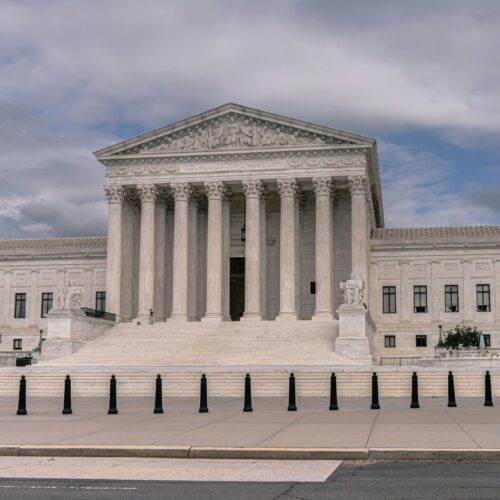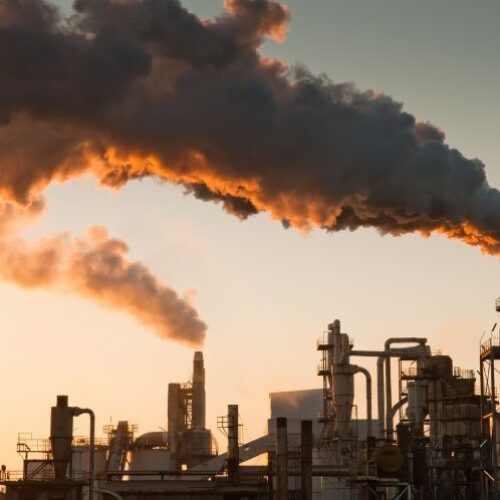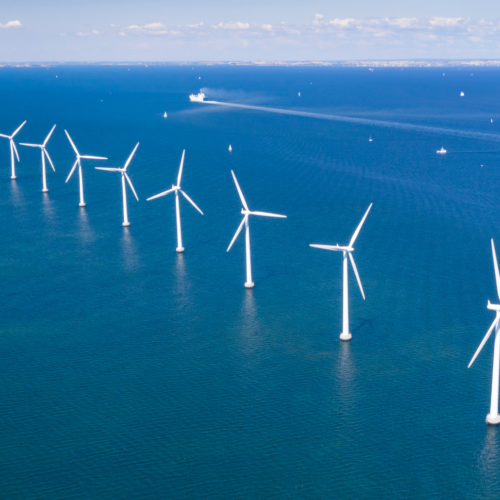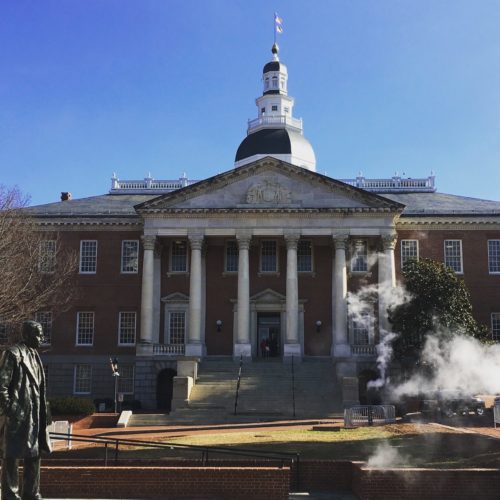NYSERDA Event Emphasizes Regional Collaboration, Nuclear Power as Keys to Region’s Future Energy Economy
Earlier this month, New York Governor Kathy Hochul and the New York State Energy Research and Development Authority (NYSERDA) hosted a summit in Syracuse to discuss the future of the state’s energy economy. Because New York’s climate law sets aggressive targets for decarbonizing its economy by 2050, the summit was intended as part of an effort to solicit feedback on strategies to accelerate renewable energy deployment and to explore the role of next-generation clean energy technologies. In attendance were state executive agency officials, energy industry leaders, labor groups, and global experts. From the panels and ensuing discussions, three key themes emerged.
Nuclear Power
Kicking off the event, Governor Hochul emphasized that decarbonizing New York’s economy and meeting its future energy demands would involve more than solar panels and wind turbines: “I’m so excited about this all-of-the-above approach—except for the fracking and the coal—wind and solar, geothermal, hydrogen or even splitting an atom.”
In fact, atom-splitting proved to be a major focus of the summit. Following the state’s release of a “draft blueprint” for new nuclear resources, which highlighted the potential for new nuclear energy development while also raising questions about funding, siting, waste and workforce needs, several at the summit discussed how essential nuclear power will be to New York’s future energy portfolio. The discussion covered substantial ground, from the U.S. Department of Energy’s Gateway for Accelerated Innovation in Nuclear (GAIN) Program to New York’s Green CHIPS tax incentive legislation to microreactors being used in remote Canadian communities.
For instance, in one panel devoted to Global Perspectives on Advanced Nuclear Deployment in Other States and Nations, Marc Nichol, Executive Director of the New Nuclear Energy Institute, asserted that nuclear energy’s one advantage over every other energy source was its “energy density.” “It is superior,” Nichol said, “for land-use planning as well as [national] security planning.”
Grid-Scale Storage
A second key theme to emerge from the summit’s discussions was the critical role of developing more grid resilience and transmission capacity through grid-scale storage.
“If you love nuclear power, you should really love storage,” said Dr. William Acker, Executive Director of the New York Battery and Energy Storage Technology Consortium. Speaking as part of a panel on next-generation energy technologies, Dr. Acker emphasized the importance of grid-scale storage while echoing a recent article appearing in The Economist when he argued for storage’s importance to the state’s future economic development as well as its potential for investment: “[Energy storage] is green energy’s next trillion-dollar industry.”
Regional Collaboration
From these discussions, what quickly became clear is that discussion of storage must contend with the necessity of interstate and interregional collaboration and planning—a point made explicit by Laura Beane, North American President of Vestas: “New York needs stronger regional collaboration” on the energy front. Beane elaborated that regional collaboration must involve more than just interstate planning. It will also involve the challenging task of building up resilient supply chains at the local level: “We want local supply chains…We need a new system.”
With all the excitement surrounding New York’s future energy and economic potential, a few voices at the conference offered sober reminders about market readiness. Eric Cohen, Head of Green Economy Banking with JP Morgan Chase, reiterated the importance of “market signals”, “commercial readiness”, and “tax equity” being in place before committing major investments to energy projects. For all of this new development to take place, Cohen said, we need “thorough energy systems analysis paired with comprehensive market data and research.”





